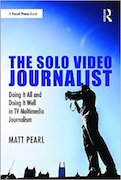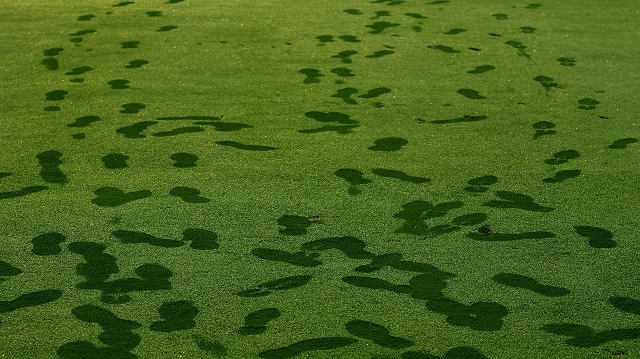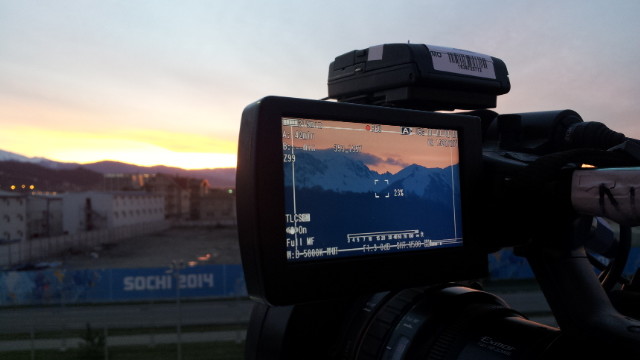To anyone who uses a camera in TV news: would you like a simple tool to help your shooting without giving you anything else to carry?
Have I got your attention?
It’s your hand.
Right?
The next time you get ready to interview someone but you’re unsure about the lighting, put your hand out. Stretch your arm and open your palm so you can see all of its features.
How does it look? Is it shiny? Is it backlit? Does the light flatter your skin – make it smooth, soft, the same shade up and down – or accentuate the folds and wrinkles?
Here’s the problem: our chief photographer does this and gets made fun of. Our chief photographer has won major awards. Our chief photographer has shot pieces that look like they should be presented on a golden platter.
Why does he get teased? Because it looks silly? Because it seems too easy?
What’s wrong with easy?
Does it work? Then easy is the way.
But why does he really get teased? Because the people who tease him might not value what he’s doing.
Lighting may not seem like it matters anymore. Most young MMJs I meet haven’t been taught the basics. And who would teach them? College professors have much larger points to make, and news managers at any level don’t have the time to dig so deep.
Except lighting is a bedrock. Learn it, and it’s an instant upgrade. Learn it, and your stories will have that indefinable quality that just looks good. But it’s not indefinable. It’s good lighting.
And it doesn’t require actual lights. Lighting is everywhere, in every shot. It’s in a bulb on the ceiling or the sun in the sky.
So when our chief photographer opens his hand to test an interview, he’s showing respect to one of the key factors that determine the quality of his shot. And he’s doing it in three seconds, with no extra gear.
I saw him do it nine months ago. I’ve done it about nine times since. I can usually guess the lighting by looking around, but sometimes it’s unclear. So I put out a hand. And it answers the question.
Maybe the lesson here is to value lighting. Or maybe it’s to stop teasing chief photographers. Most likely it’s this: when you see people who know more than you, and they’re doing something that looks strange, ask them why they’re doing it. Learn first, then judge. Or learn first, then think critically about what you’ve learned, and judge last. But don’t judge like a final decree. Absorb the information and understand why you’ve chosen to incorporate it – or why you haven’t. And don’t get too attached to either direction.
So try the hand. Or not. But don’t worry about looking silly. Worry about telling a great story.

The Solo Video Journalist is available for purchase. You can find it on Amazon, Barnes & Noble, and the publisher’s web site.
Matt Pearl is the author of the Telling the Story blog and podcast. Feel free to comment below or e-mail Matt at matt@tellingthestoryblog.com. You can also follow Matt on Facebook and Twitter.



